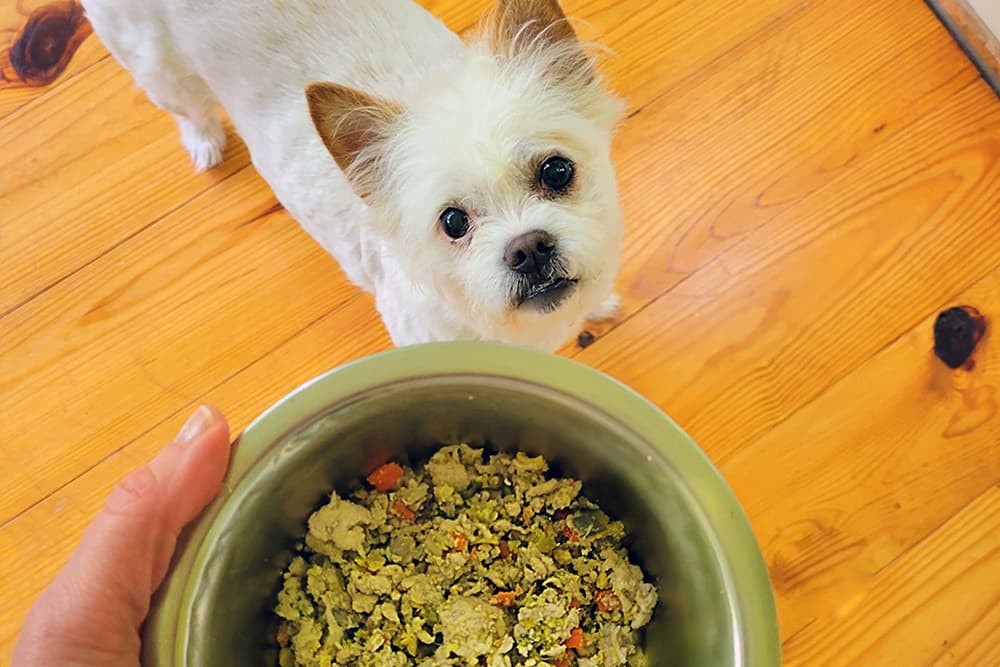How to Tell If Your Dog is Ill
Published on July 08, 2011
If dogs could talk, it would be easy to learn if they’re feeling ill. Instead, it’s your responsibility to monitor your pup for signs of illness. When it comes to canine health, the old adage holds true, an ounce of prevention is worth a pound of cure. However, no matter how many preventive health measures you work into your dog’s routine, she still runs the risk of getting sick. By learning which changes in your dog’s behavior you should watch for, you can identify potentially serious health issues and help your vet diagnose your dog.
1. Signs to Watch For
When it comes to a dog’s normal behaviors, change isn’t always good. Minor changes like a decreased energy level, sleeping more than usual, or a loss of appetite may be signs that your pup is under the weather. Here are a few other changes that you should take note of:
- Vomiting
- Diarrhea
- Constipation
- Coughing or sneezing
- Excessive panting or difficulty breathing
- Limping
- Exercise intolerance
- Fainting episodes
- Increased drinking or urination
- Bloody urine or accidents in the house
- Unusual lumps, bumps, or swelling
- Bad breath or excessive drooling
2. Take Your Dog’s Temperature
While your dog may be sick and not running a fever, taking your dog’s temperature will give you important information to share with your vet. The typical range of normal canine temperatures is 99.5°F to 102.5°F. If your dog’s temperature falls outside this range, contact your vet. It is also a good idea to ask your vet what your dog’s normal temperature range is as, just with humans, every dog’s average can be slightly different.
3. Once You’ve Gathered Your Info, Take Action Sooner, Rather than Later
When changes occur, call your veterinarian’s office to see if they think you should schedule an appointment or even come in immediately. Be prepared to tell them the signs that make you believe that something is wrong with your dog. Also, ask your vet in advance what they recommend you do after hours. Some veterinary practices have an emergency number to call at night or a recommendation for a 24-hour animal hospital. If you do need to call the animal emergency room, be sure to tell them what signs you are seeing and ask if they believe that your dog needs immediate veterinary attention.
If you dog has recently experienced a trauma of some kind – like a dog fight or being hit by a car – it’s important to contact your vet, regardless of whether or not your dog appears to be injured. In some cases, there could be internal injuries that may be difficult to detect without a thorough examination.
This article was reviewed by a Veterinarian.





